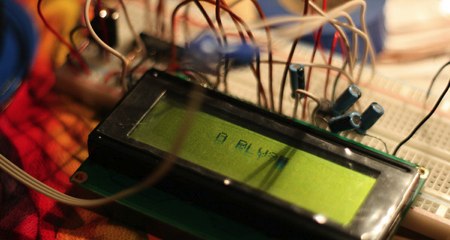
[Erik Knutzen] and [Kelly Coyne], authors of The Urban Homestead, are really into all things green and sustainable. In their blog, Homegrown Evolution, they discuss building their own solar dehydrator using plans from the February/March 1997 issue of Home Power Magazine. The dehydrator is designed by Appalachian State University’s Appropriate Technology Program. If interested, you can check out or buy other solar dehydrator designs. This seems like a great, cheap alternative to buying an expensive electric dehydrator, and you get some great advantages, like low-cost dehydrating, solar energy, and beef jerky whenever you want it. Plus, the authors point out, for most of these designs, if you remove the top box and you stick it next to a window, you’ve got a solar heater. It’s now a dual-purpose device.












